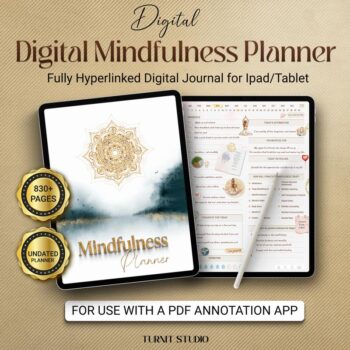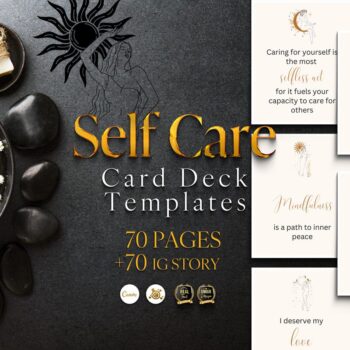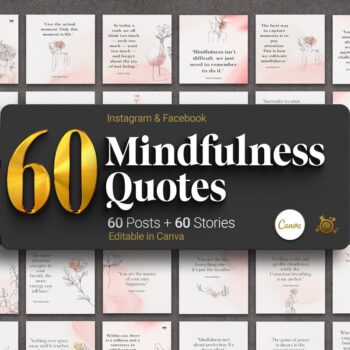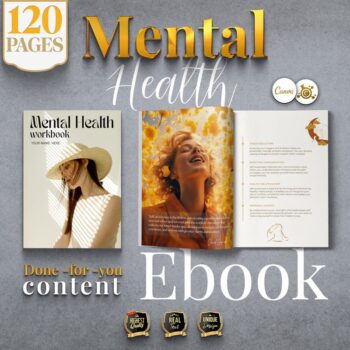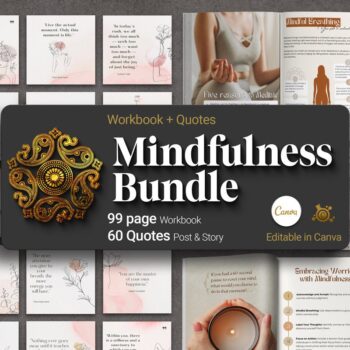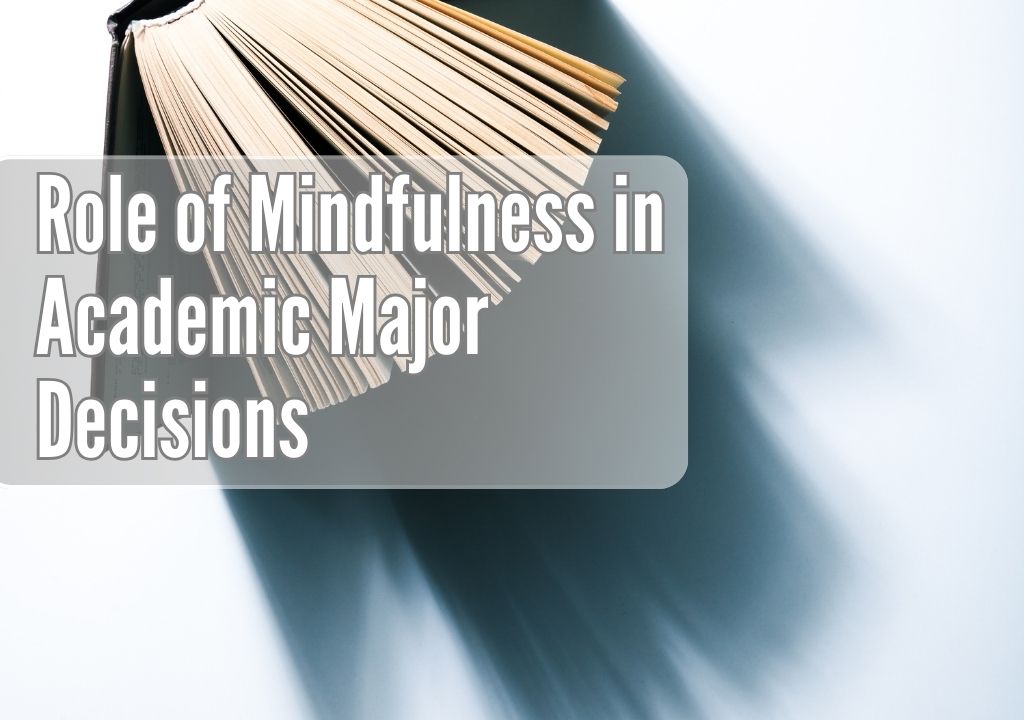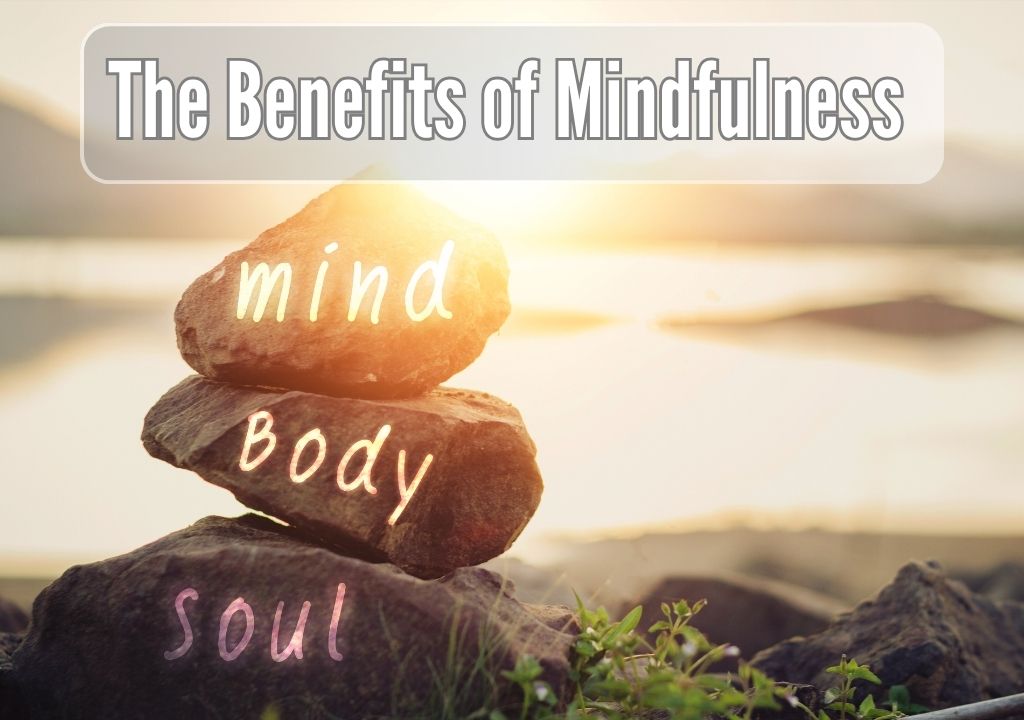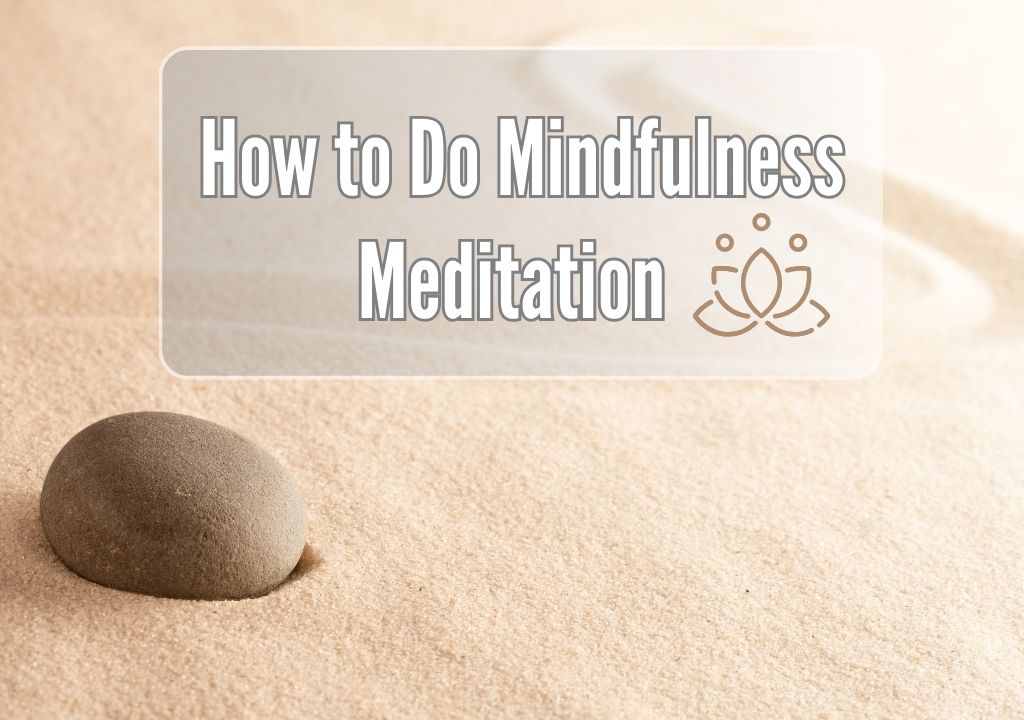Blog
Activities for Mindfulness: A Comprehensive Guide
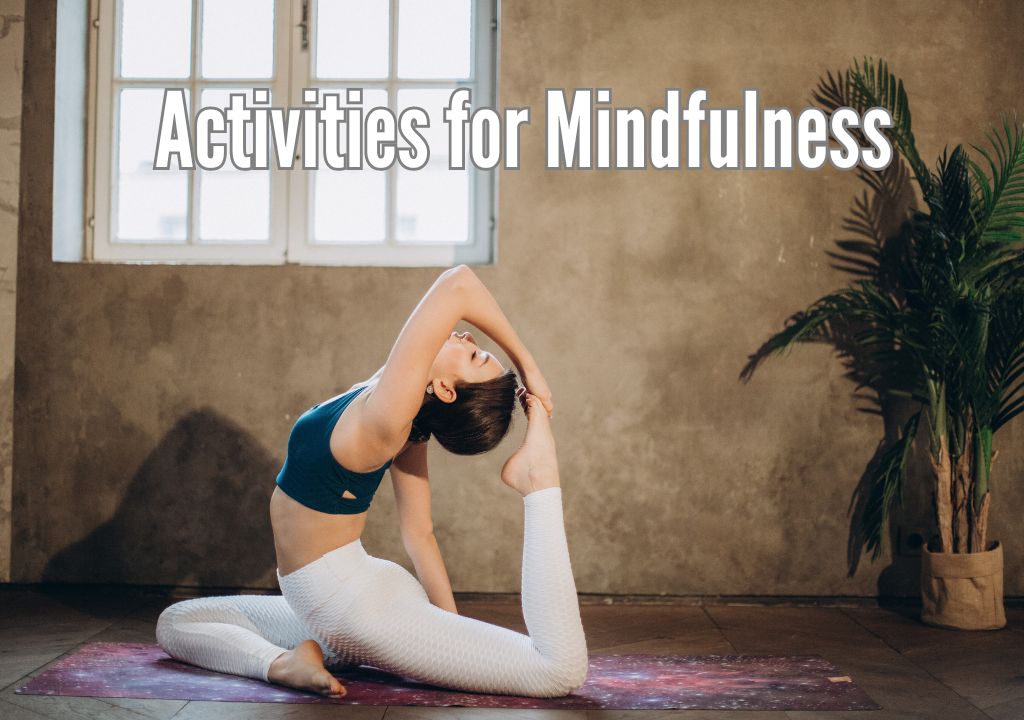
Have you ever felt the need to pause in the middle of your everyday life? Perhaps you’ve thought about ways to find a sense of calm and clarity in the midst of chaos. In today’s modern and often stressful world, it is increasingly important to find ways to take care of our mental well-being.
One practice that has gained popularity in recent years is mindfulness. It involves being fully present in the moment and aware of your thoughts, feelings, and sensations without judgment. There are various activities for mindfulness that can help cultivate it, and in this comprehensive guide, we will explore them all.
The Concept of Mindfulness
Mindfulness is not a new concept; it has its roots in ancient eastern philosophies, particularly Buddhist teachings. Despite its origins, it’s now becoming increasingly recognized in the Western world for its ability to alleviate stress and promote well-being. At its core, mindfulness involves intentionally directing our attention to the present moment, accepting it without criticism or judgment.
By cultivating this practice, individuals can develop a greater sense of clarity and peace in their lives. Rather than getting caught up in worries about the past or anxieties about the future, mindfulness encourages a deep appreciation for the here and now. This simple yet powerful shift in perspective can have profound effects on mental and emotional well-being.
IN THIS ARTICLE
The Science Behind Mindfulness
In recent years, modern scientific research has delved into the myriad benefits of mindfulness, shedding light on its profound impact on both mental and physical well-being. Rigorous studies have demonstrated that consistent mindfulness practice can effectively alleviate anxiety, sharpen concentration, and bolster emotional regulation. Moreover, researchers have uncovered its remarkable influence on physical health, with findings indicating improvements in sleep quality and reductions in blood pressure among regular practitioners.
This burgeoning body of evidence has sparked widespread interest and acceptance of mindfulness across diverse fields. From psychology to medicine, education to workplace wellness initiatives, mindfulness has found its place as a valuable tool for enhancing overall quality of life. Its integration into various therapeutic modalities and wellness programs underscores its versatility and potential to positively influence countless individuals seeking greater peace, resilience, and fulfillment.
The Benefits of Practicing Mindfulness
In addition to the scientific research, individuals who engage in mindfulness regularly often report experiencing a range of mental and emotional benefits. These can include increased self-awareness, enhanced compassion and empathy, improved resilience and stress management, and an overall sense of well-being.
Furthermore, mindfulness has been found to have a positive impact on relationships. By cultivating present-moment awareness and non-judgmental acceptance, individuals can improve their communication skills, deepen their connections with others, and foster healthier, more fulfilling relationships. This emphasis on being fully present in interactions can lead to greater understanding, empathy, and conflict resolution.
Another aspect of mindfulness worth noting is its role in enhancing creativity and cognitive function. By training the mind to focus on the present moment, individuals can improve their ability to concentrate, think more clearly, and make better decisions. This heightened cognitive awareness can lead to increased productivity, innovation, and problem-solving skills, both in personal and professional settings.
The Role of Activities in Mindfulness
Engaging in mindful activities is integral to nurturing a state of mindfulness, fostering self-awareness, and grounding oneself in the present moment. These diverse activities serve as invaluable tools to anchor our attention amidst life’s distractions and cultivate a deeper sense of mindfulness. By weaving them into our daily routines, we can transcend mere practice and integrate mindfulness into our very way of being.
From mindful breathing exercises to contemplative walks in nature, each activity offers a unique opportunity to connect with ourselves and our surroundings. Whether it’s savoring a meal with full attention or immersing ourselves in creative expression, these practices invite us to cultivate a profound sense of presence and gratitude in our everyday experiences. By embracing mindfulness as a holistic approach to living, we can cultivate greater resilience, inner peace, and fulfillment in our lives.
How Activities Enhance Mindfulness
Participating in mindful activities offers a potent means to shift our focus away from the incessant chatter of our minds, redirecting our attention to the present moment. By immersing ourselves fully in the activity unfolding before us, we anchor our awareness in the here and now, fostering a profound sense of tranquility and lucidity.
Rather than getting entangled in the whirlwind of thoughts and worries that typically consume our mental space, engaging in mindful activities allows us to attune our senses to the richness of the present experience.
Whether it’s the rhythmic inhale and exhale during mindful breathing exercises or the tactile sensations of nature during a mindful walk, each activity serves as a gateway to heightened awareness and inner stillness. Through this intentional practice of presence, we cultivate a deeper connection to ourselves and the world around us, nurturing a state of mindfulness that permeates every aspect of our lives.
Choosing the Right Mindfulness Activity
When it comes to choosing the right mindfulness activity, it’s important to take into account your individual interests, preferences, and objectives. Each person is unique, and what works well for one may not necessarily resonate with another. Therefore, it’s crucial to approach the selection process with an open mind and a willingness to explore various options.
Consider reflecting on activities that naturally appeal to you or have piqued your curiosity in the past. Whether it’s the gentle flow of yoga, the serene practice of mindfulness meditation, or the rhythmic focus of mindful breathing exercises, there are numerous avenues to explore. Allow yourself the freedom to experiment with different techniques and modalities, paying attention to how each activity makes you feel both during and after practice.
Plus, incorporating a mindfulness planner into your routine can be immensely beneficial in this process. A mindfulness planner provides a structured framework for planning and reflecting on your mindfulness activities. It allows you to set intentions, track your progress, and identify patterns or insights that emerge from your practice. By utilizing a planner, you can enhance your self-awareness, stay organized, and maintain consistency in your mindfulness journey.
At the end, the goal is to choose activities that resonate deeply with you, bring you joy, and contribute to your overall sense of peace and well-being. Remember that mindfulness is a personal journey, and there is no one-size-fits-all approach. Trust your instincts, listen to your inner wisdom, and embrace the practices that nourish your mind, body, and spirit.
Digital Mindfulness Planner
Digital Mindfulness Planner for iPad, GoodNotes, Healing Anxiety and Self Care
Exploring Mindfulness Through Nature
Incorporating mindfulness into your interactions with nature can be a transformative practice that deepens your connection to the world around you and fosters a sense of gratitude and appreciation for the wonders of the natural world. So next time you find yourself outdoors, take a moment to pause, breathe, and fully engage your senses in the present moment.
Artistic Expression as a Path to Mindfulness
Different Types of Mindfulness Activities
Mindfulness Activities for Beginners
Advanced Mindfulness Activities
Mindfulness Activities for Different Age Groups
Mindfulness Activities for Children
Mindfulness Activities for Adults
Incorporating Mindfulness Activities into Your Daily Routine
Tips for Regular Mindfulness Practice
- Set aside dedicated time each day for mindfulness activities.
- Start small and gradually increase the duration of your practice.
- Experiment with different activities until you find what resonates with you.
- Be patient with yourself and understand that mindfulness is a practice, not a quick fix.
- Find an accountability partner or join a mindfulness community to stay motivated.
Overcoming Challenges in Practicing Mindfulness
Measuring the Impact of Mindfulness Activities
Signs of Improved Mindfulness
Embracing Challenges in Mindfulness
Conclusion
In conclusion, engaging in mindfulness activities can have a profound impact on your mental and emotional well-being. Whether you are a beginner or have been practicing for years, there are activities suited to your level and preferences.
By incorporating mindfulness into your daily routine and exploring different activities, you can reap the numerous benefits that this practice has to offer. So why not embark on this journey of self-discovery and start incorporating mindfulness into your life today? Your future self will thank you for taking this step towards holistic well-being.

